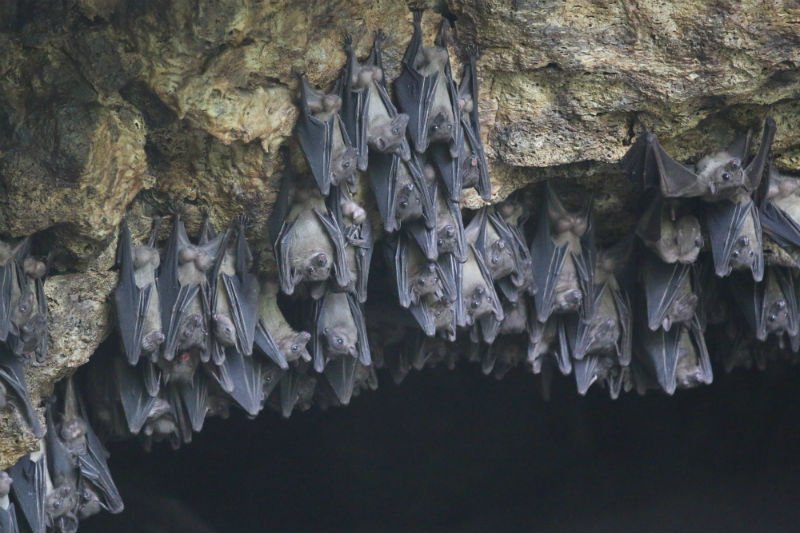by Angus Liu

Coronaviruses can cause fatal respiratory illnesses, and they are the culprits behind several outbreaks, including the current one ravaging China. An international team of scientists is suggesting that next-generation sequencing (NGS) be used to track the 2019-nCoV virus as it grows and spreads.
Researchers have been using modern DNA sequencing methods to monitor how viruses evolve in animals, so they can better understand the potential impacts on humans. But such continuous large-scale surveillance can be costly and laborious. It might also miss viral characteristics that are inadequately represented in a sample.
In a new study published in mSphere, a journal of the American Society for Microbiology, a group of scientists suggest that a strategy called target enrichment could be a less expensive and more efficient NGS method to analyze coronaviruses, especially those from bats.
Rather than whole-genome sequencing, enrichment NGS selectively targets specific genomic regions of interest. It uses probes, which are complementary DNA fragments that can pick out and bind to the targeted viral DNA for final analysis. These probes can help researchers identify key viral genetic material faster.
In test runs, the probes successfully identified coronaviruses, and the researchers found the approach to be more sensitive and less costly than traditional methods, according to a release.
RELATED: China repurposes AbbVie HIV drug as Big Pharma rallies to combat deadly coronavirus
“We don’t want to declare that enrichment is the panacea for all NGS challenges, but in this case, I do think it’s a step in the right direction,” Lin-Fa Wang, who leads the emerging infectious diseases program at Duke-NUS Medical School in Singapore, said in the statement. Wang led the study with Peng Zhou, a virologist at the Chinese Academy of Science’s Center for Biosafety Mega-Science in Wuhan, China, which has been identified as ground zero for the current 2019-nCoV.
Coronaviruses are a large family of viruses with some notoriously infectious members. Sometimes when these viruses infect animals they can evolve and spread to people, and bats are widely speculated to be the source. These include viruses that caused a deadly MERS (Middle East respiratory syndrome) outbreak in South Korea in 2015 and SARS (severe acute respiratory syndrome) in China during 2002 and 2003.
A recent bioRxiv study led by Zheng-Li Shi at the Chinese Academy of Sciences’ Wuhan Institute of Virology found that the novel 2019-nCoV pathogen is 96% identical at the whole genome level to a bat coronavirus.
RELATED: What bats are teaching us about immunity to viruses
As of 6 p.m. local time Wednesday, China has reported 6,078 confirmed cases of 2019-nCoV infections, with death toll rising to 132. To combat the virus, Chinese authorities have suggested repurposing AbbVie’s HIV combo drug Kaletra, also known as Aluvia, to treat pneumonia caused by it. Gilead Sciences is trying to reposition its Ebola drug remdesivir for 2019-nCoV.
There are also efforts underway to develop a prophylactic vaccine. Moderna Therapeutics is working with the NIH’s National Institute of Allergy and Infectious Disease on a vaccine. GeoVax Labs just unveiled a collaboration with Wuhan-based BravoVax, and Johnson & Johnson and Inovio Pharmaceuticals also have joined the fray.
When there isn’t an ongoing outbreak, researchers can update banks of probes linked to known forms of coronaviruses so that they can immediately mobilize to track the evolution of viruses, Wang said.
Because the probes used to find viruses in the sample are based from known sequences, enriched NGS only works in previously identified parts. Given that bat coronaviruses are constantly changing, the probe library requires frequent updates.
“To really have enrichment NGS be successful, we need to treat our probe library as a living library,” Wang said in a statement.
